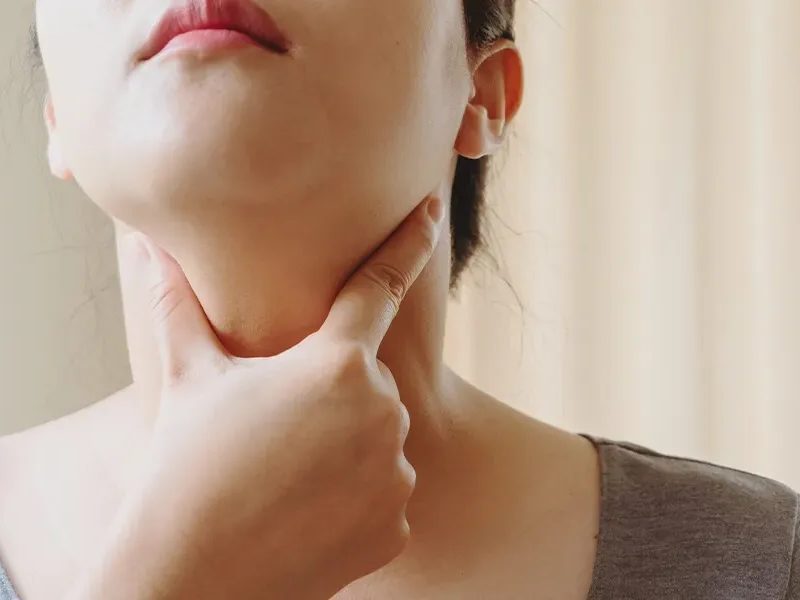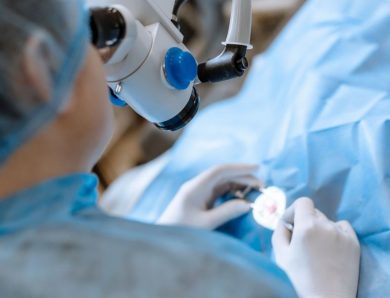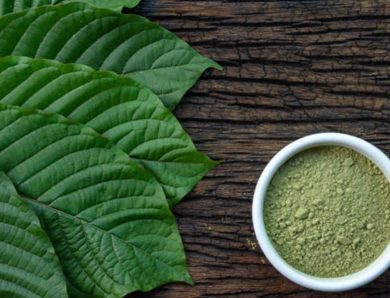
What are the symptoms of sialadenitis?
Have you ever wondered why food tastes different when our mouth is dry such as from being dehydrated when being sick? When saliva is not sufficient in the mouth, it alters a lot of mouth function such as chewing, swallowing and talking. It also may lead to mouth infection, mouth ulcers and foul breath. This is why it is necessary to take care of your health, which also means emphasising on oral health to ensure diseases such as sialadenitis may be avoided.
Sialadenitis is inflammation and enlargement of one or more of the salivary glands. Before we go through more of sialadenitis, you may want to know a bit more on salivary glands. The salivary glands in general produce saliva that we often acknowledge as spit. There are 3 major salivary glands known as parotid, submandibular and sublingual glands. Parotid glands are considered to be the major salivary glands and can be found at both sides of the face in front of the ears. Submandibular glands are the second largest of the salivary glands and located below the jaw. Sublingual glands are the smallest ones and located in between the muscles of the floor of the oral cavity/ under the tongue. All of these glands empty saliva into the mouth through small tubes called ducts.
Sialadenitis can occur due to infection, salivary stones or an underlying autoimmune disorder. The infection is usually caused by the obstructing stone or low secretion of the gland. However, sialadenitis may be caused with no obvious reason. Sialadenitis is most common in the parotid gland and typically occur in specific group of people such as those in 50s and 60s, chronically ill patients with dry mouth (xerostomia), patients with Sjogren syndrome (an autoimmune disease), children and teenagers with anorexia and children with juvenile recurrent parotitis with no known causes. Most common causes of infections are bacterial agents such as Staphylococcus aureus. Inflammation of the salivary gland may develop in patients who have had radiation therapy to the oral cavity or radioactive iodine therapy for thyroid cancer.
Symptoms of sialadenitis include enlargement, tenderness and redness of one or more salivary glands. The salivary gland can be felt as tender with redness and swelling of the overlying skin. Pus may be found when the affected gland is pressed or compressed. The glands that are infected may lead to fever and other complications. Pain is more obvious while eating and patients often complain of dry mouth due to the decreased salivary flow. Dry mouth itself may lead to foul taste or gritty feeling in the mouth.
Treatments for sialadenitis often involve rehydration and antibiotic therapy when suspected of bacterial infection. Usage of antibacterial mouth rinse such as chlorhexidine 3 times a day can reduce the bacterial burden in the mouth and promote oral hygiene. Hydration is more than just ensuring patients drink plenty of water. In some cases, patients may be prescribed with sialogogues to trigger saliva flow. To increase saliva flow, patients may want to try sucking on hard candy or lemon drops. Warm compress and gland massage may help to alleviate symptoms. Pain relief with analgesics such as nonsteroidal anti-inflammatory drugs (NSAIDs) can help reduce pain and swelling. For pus that have turned into abscess, surgical incision and drainage is required by visiting doctor but is considered rare. In case of salivary stone, stone removal should take place using interventional sialendoscopy or direct surgical removal if gentle massage is unable to remove the stone out of gland. Most salivary gland infections resolve or are cured with conservative treatment and are rare for the need of surgery.
It can be concluded that sialadenitis, which is the enlargement and inflamed salivary gland, has a favourable outcome as it can be treated and goes away in a week. The swelling may take longer to disappear. However, in some cases it may cause relapses (reappeared after a period of remission) and remissions (absence of the condition). Since symptoms of sialadenitis may resemble other salivary gland conditions, it is best to get checked by doctors.
It is worth noting that not all cases of salivary gland infections can be prevented. Still, it is better to be safe than sorry, right? The best way to prevent sialadenitis is to take preventative measures emphasising good oral hygiene. Basic oral hygiene such as brushing and flowing teeth twice a day should be a practice. Good oral hygiene can promote a healthy mouth and a functional one. Eating a well balanced diet and drinking 1 to 2 litres of water a day can help a person be hydrated and nourished. It is best to avoid smoking as smoking not only is bad for the mouth but also for the whole body with more risk for other serious diseases such as heart disease. Although most cases of sialadenitis are caused by bacteria, viruses may also be the cause. In such cases, getting vaccination against viruses such as mumps and influenza can help lower risk for sialadenitis.




